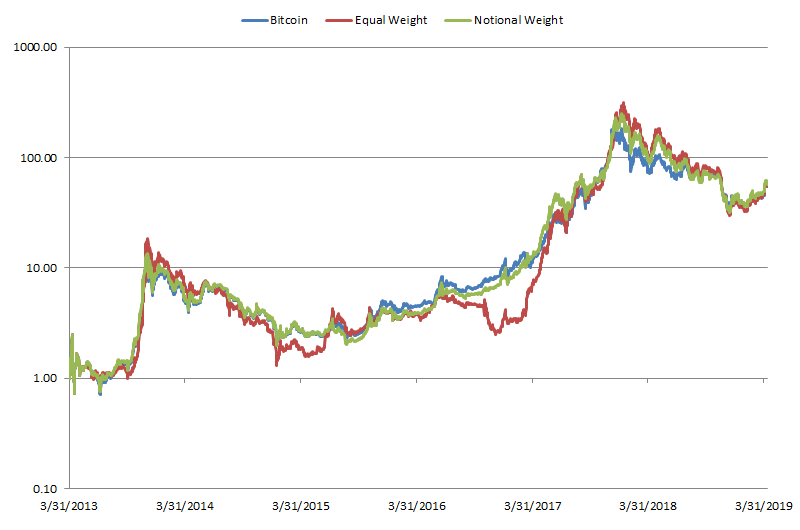In recent years, cryptocurrency has dramatically increased in popularity. They are transforming the financial landscape and captivating the interest of both investors and enthusiasts. One crucial tool for evaluating the performance of the cryptocurrency market is the index. These indices provide a holistic market view, enabling investors to collectively track and analyse various cryptocurrencies’ performance. This article will analyse cryptocurrency index performance, examine key factors, and shed light on the dynamics that influence these indices.
The five main things to be aware of are as follows:
Table of Contents
Understanding Cryptocurrency Indices
Cryptocurrency indices are designed to represent the overall performance of the cryptocurrency market by tracking the value of a specific group of cryptocurrencies. These indices often follow predefined methodologies, selecting the most prominent cryptocurrencies based on criteria such as market capitalisation, liquidity, and trading volume. By measuring the performance of a diverse set of cryptocurrencies, indices provide a comprehensive snapshot of the market and offer a benchmark against which individual cryptocurrency investments can be compared.
Composition and Weighting Methodologies
Cryptocurrency indices vary in terms of their composition and weighting methodologies. Some indexes use a market capitalisation weighting technique, where the weight of each cryptocurrency is based on how much it is worth compared to the index’s overall market capitalisation. Others may adopt an equal-weight approach, where each cryptocurrency in the index carries an equal weight, regardless of its market capitalisation. Some indices also utilise strategies, such as factor-based or rules-based weighting methodologies. Understanding cryptocurrency indices’ composition and weighting methodologies is crucial to interpreting their performance accurately.
Factors Influencing Index Performance
Several factors can influence the performance of cryptocurrency indices. Market trends, investor sentiment, regulatory developments, technological advancements, and macroeconomic factors can all impact the performance of cryptocurrencies and, consequently, cryptocurrency indices. Recognising that cryptocurrency markets are highly volatile and subject to rapid fluctuations is essential. Additionally, introducing new cryptocurrencies or delisting existing ones can alter the composition and performance of cryptocurrency indices. Assessing these factors and their potential impact on index performance is vital for investors and analysts.

Evaluating Performance Metrics
When analysing cryptocurrency index performance, it is essential to consider various performance metrics. Standard metrics include the cumulative return, average return, volatility, and maximum drawdown. Cumulative return measures an index’s overall gain or loss over a specific period. The average return provides insights into the average rate of return generated by the index. Volatility reflects the degree of price fluctuation experienced by the index, indicating its riskiness. Maximum drawdown measures the most significant peak-to-trough decline suffered by the index during a specific period. Evaluating these metrics enables investors to assess the historical performance and risk of cryptocurrency indices.
Comparing Indices and Making Informed Decisions
With a growing number of cryptocurrency indices available, investors must compare and analyse different indices to make informed decisions. Factors to consider when comparing indices include methodology, composition, rebalancing frequency, fees, and track record. Methodology and composition determine the underlying assets and weighting approach, while rebalancing frequency affects how frequently the index is adjusted to maintain its target composition. Assessing fees is essential to understand the costs of investing in an index. Lastly, considering the track record of an index can provide insights into its historical performance and stability. By evaluating these factors, investors can choose an index that aligns with their investment goals and risk appetite.
Conclusion
Analysing cryptocurrency index performance is crucial for investors and market participants seeking to understand the dynamics and trends within the cryptocurrency market. By comprehending the composition and weighting methodologies, assessing the factors influencing index performance, evaluating performance metrics, and comparing different indices, investors can make informed decisions and navigate the cryptocurrency market effectively. The cryptocurrency market is quite volatile. Therefore it’s important to remember that index performance should be seen in the context of broader market trends and risk concerns. Monitoring and analysing cryptocurrency index performance can provide valuable insights and guide investment strategies in this rapidly evolving digital asset class.
